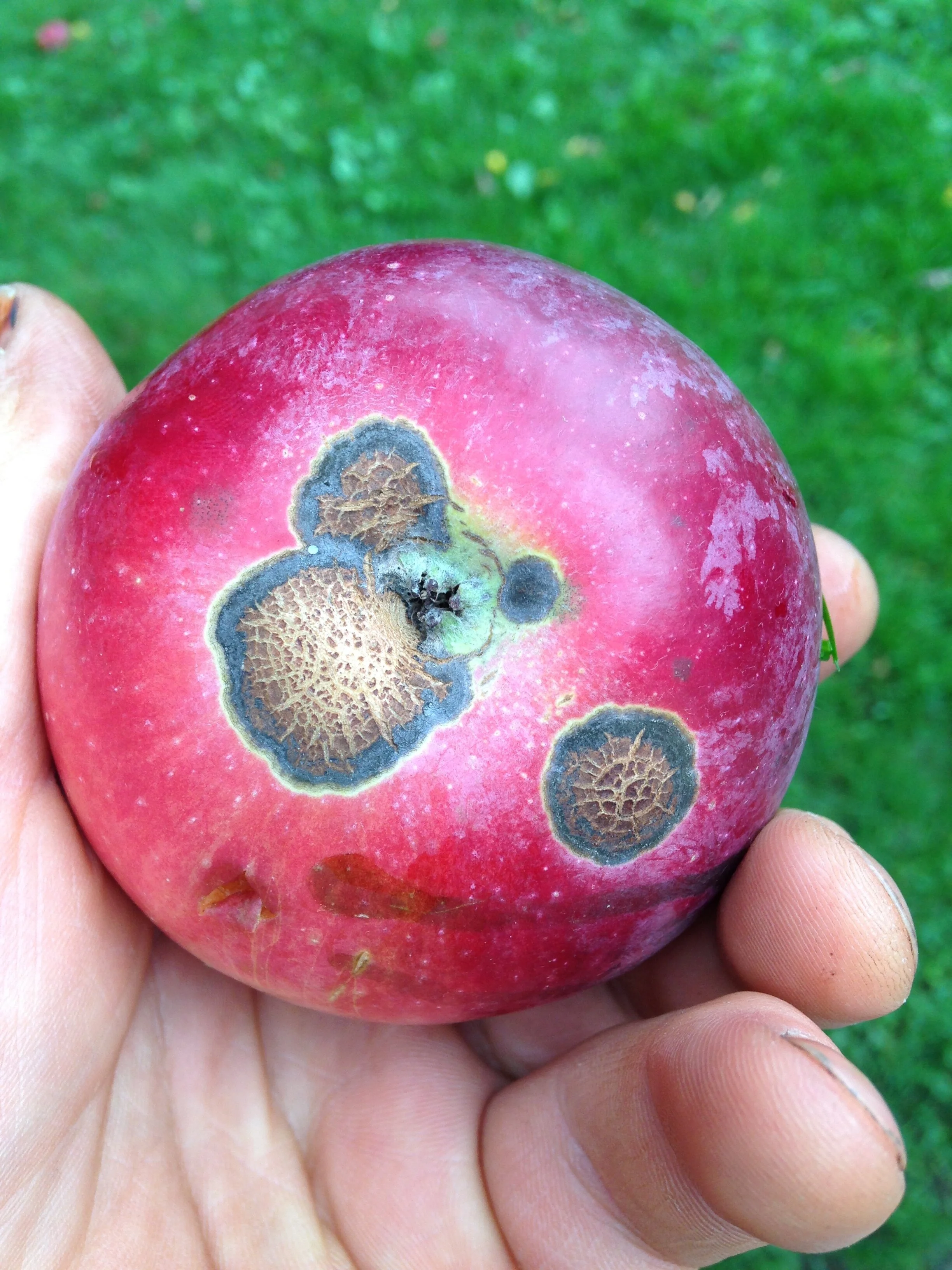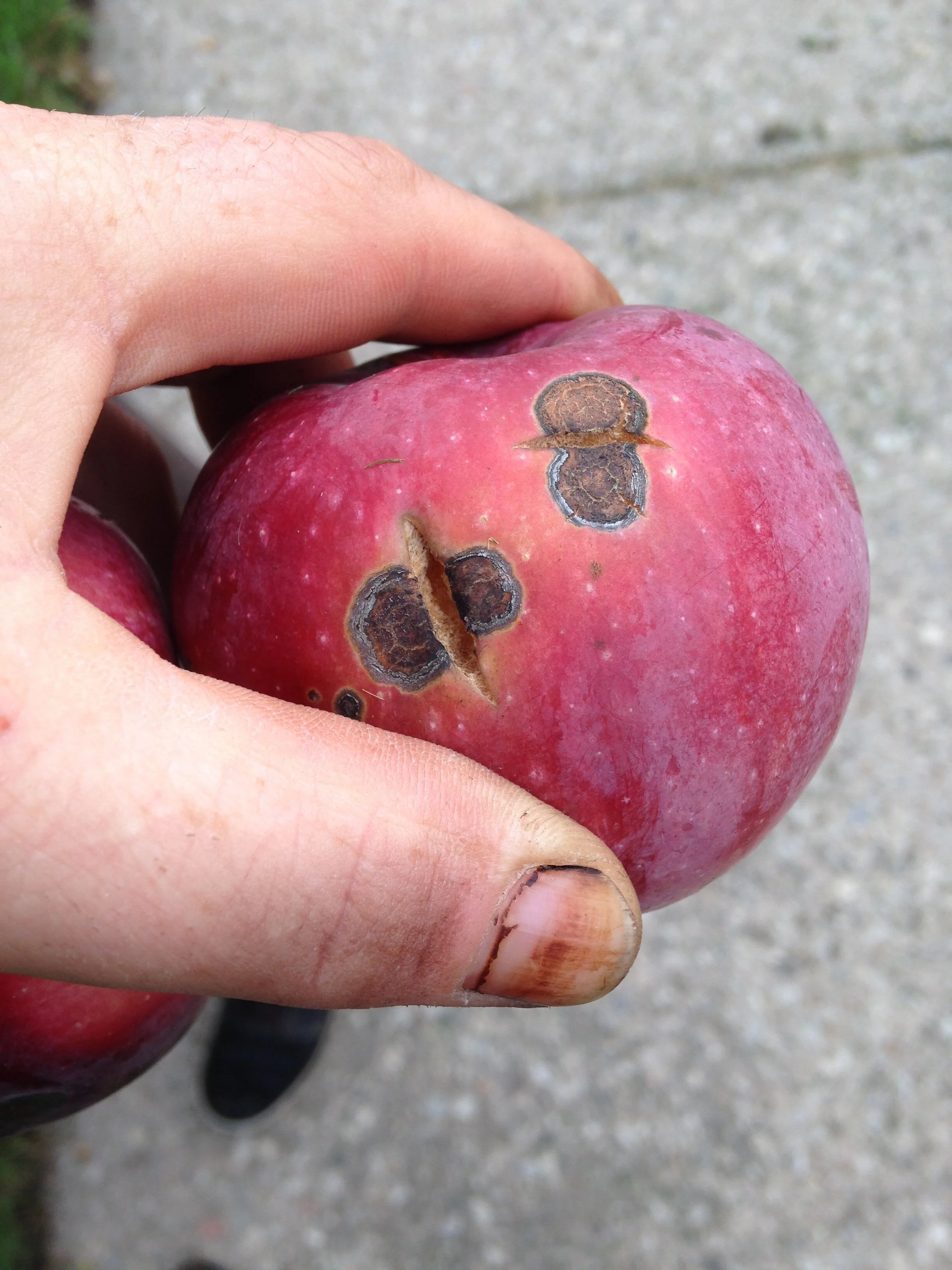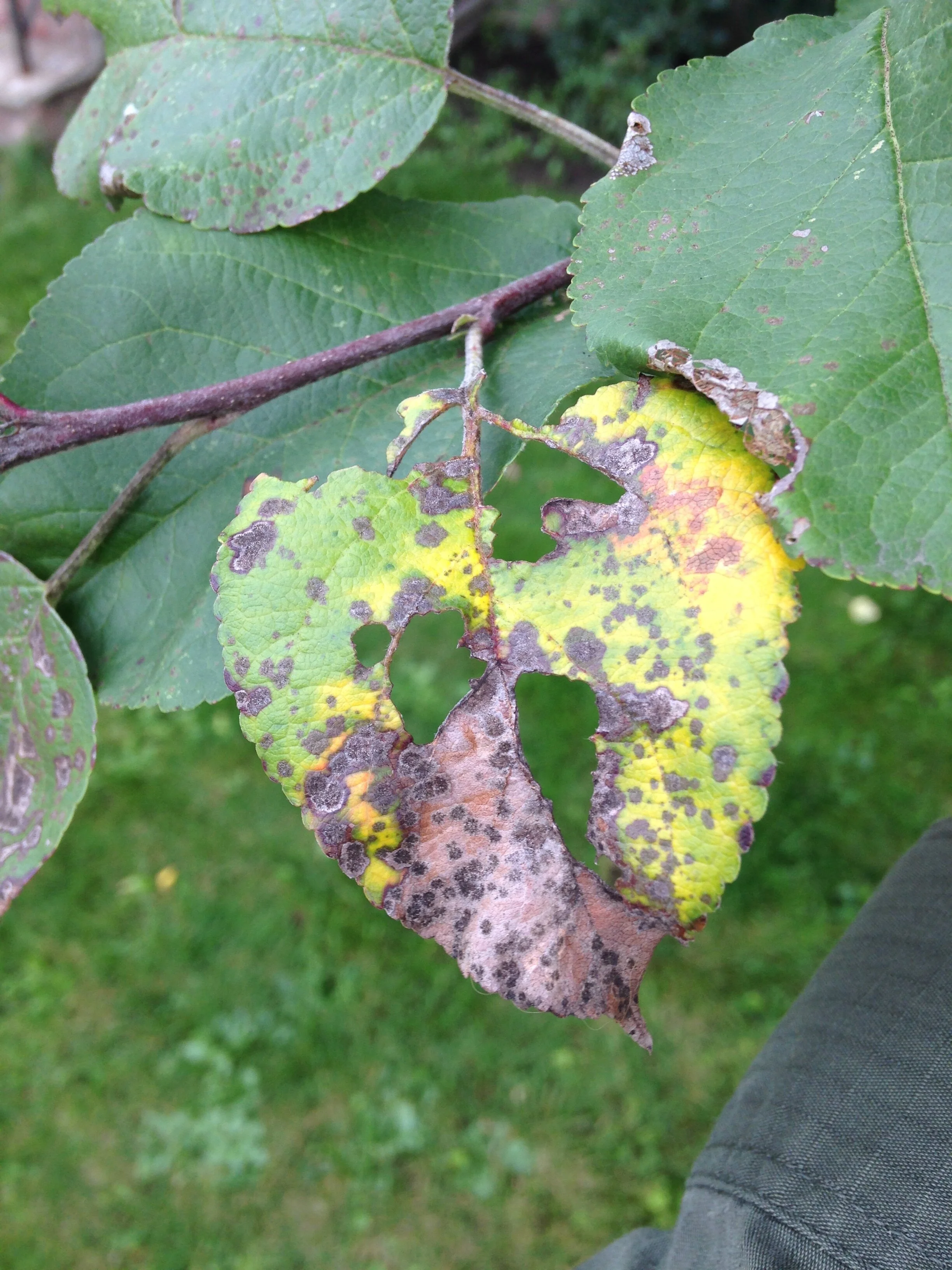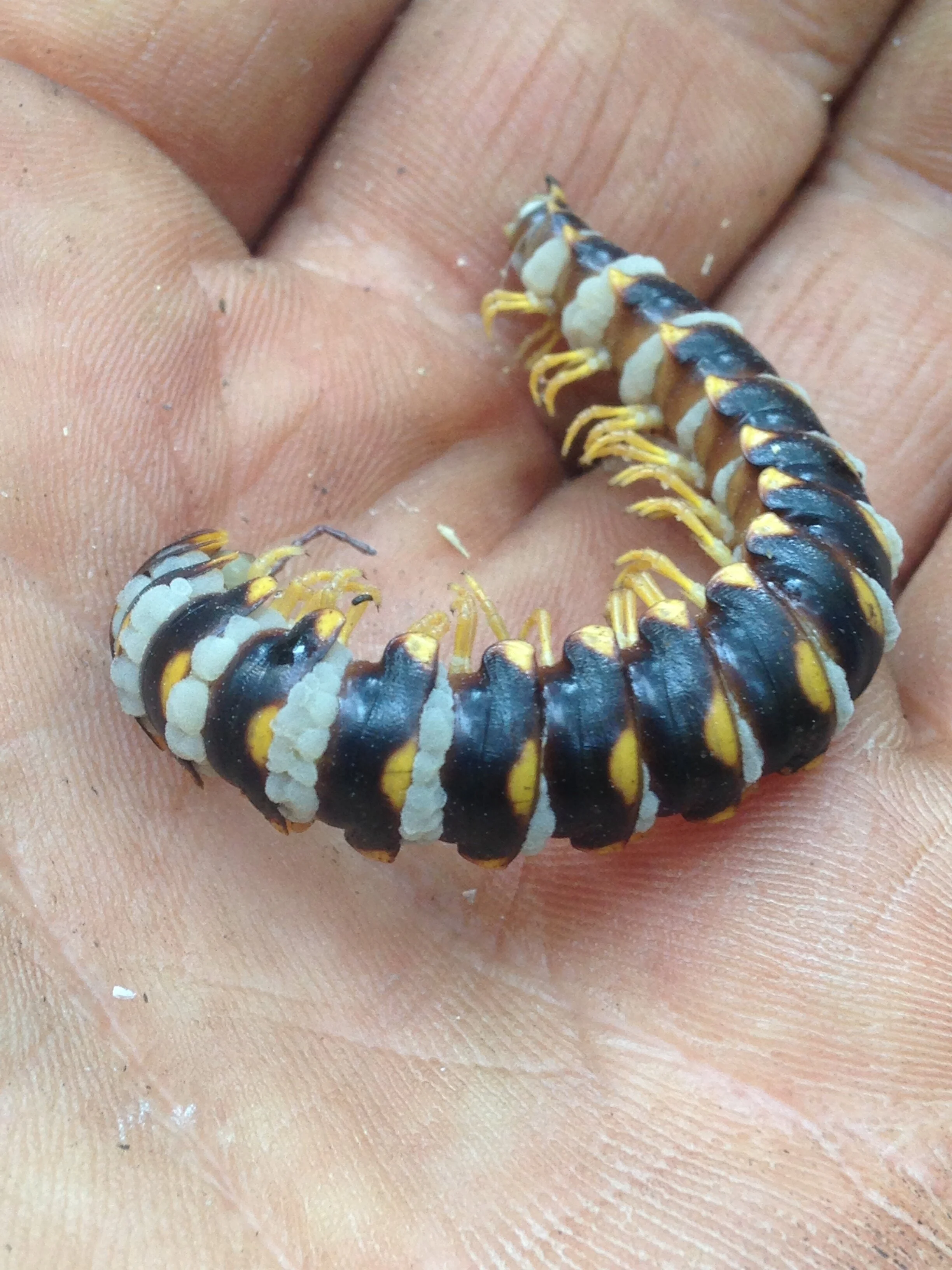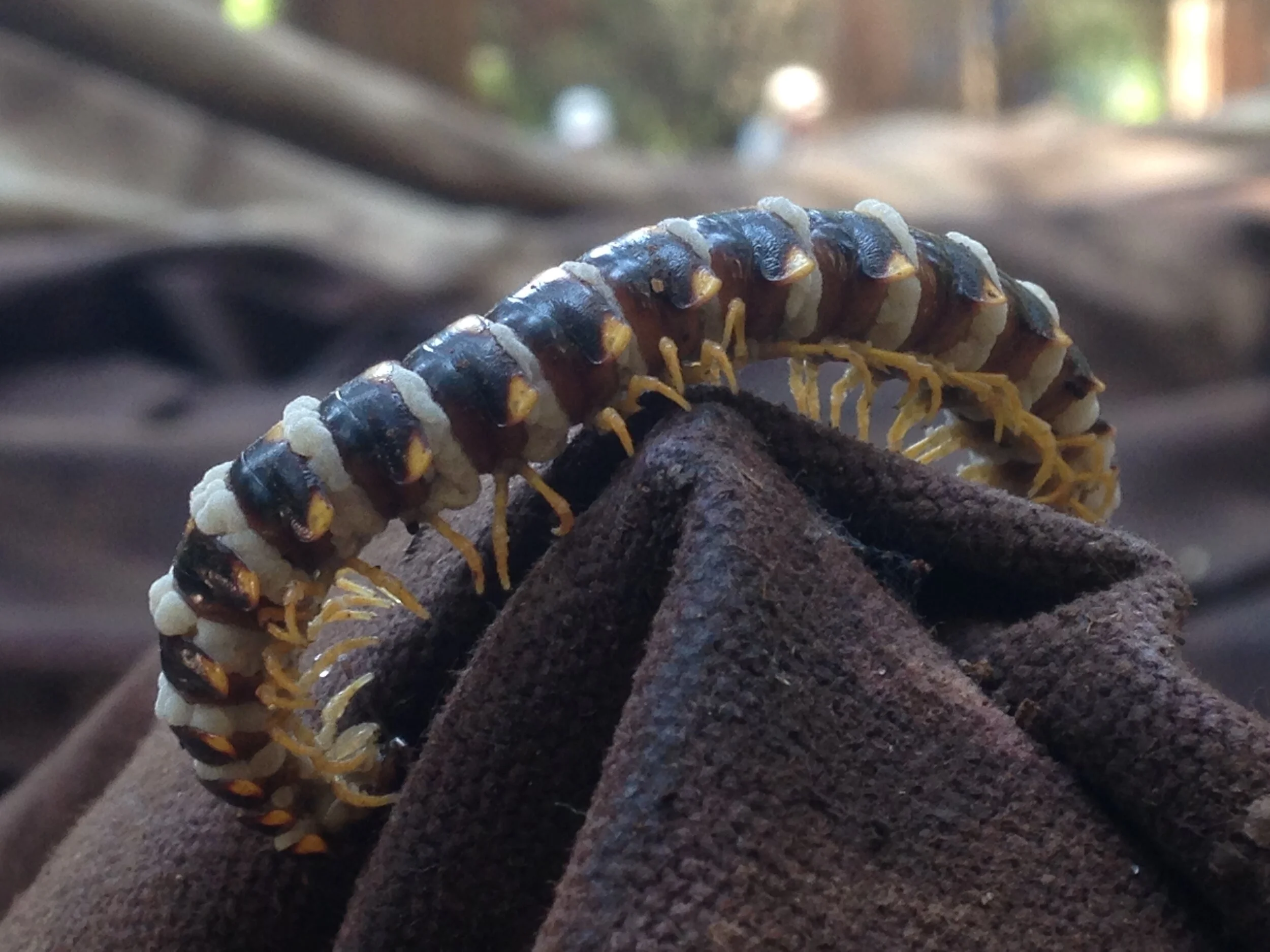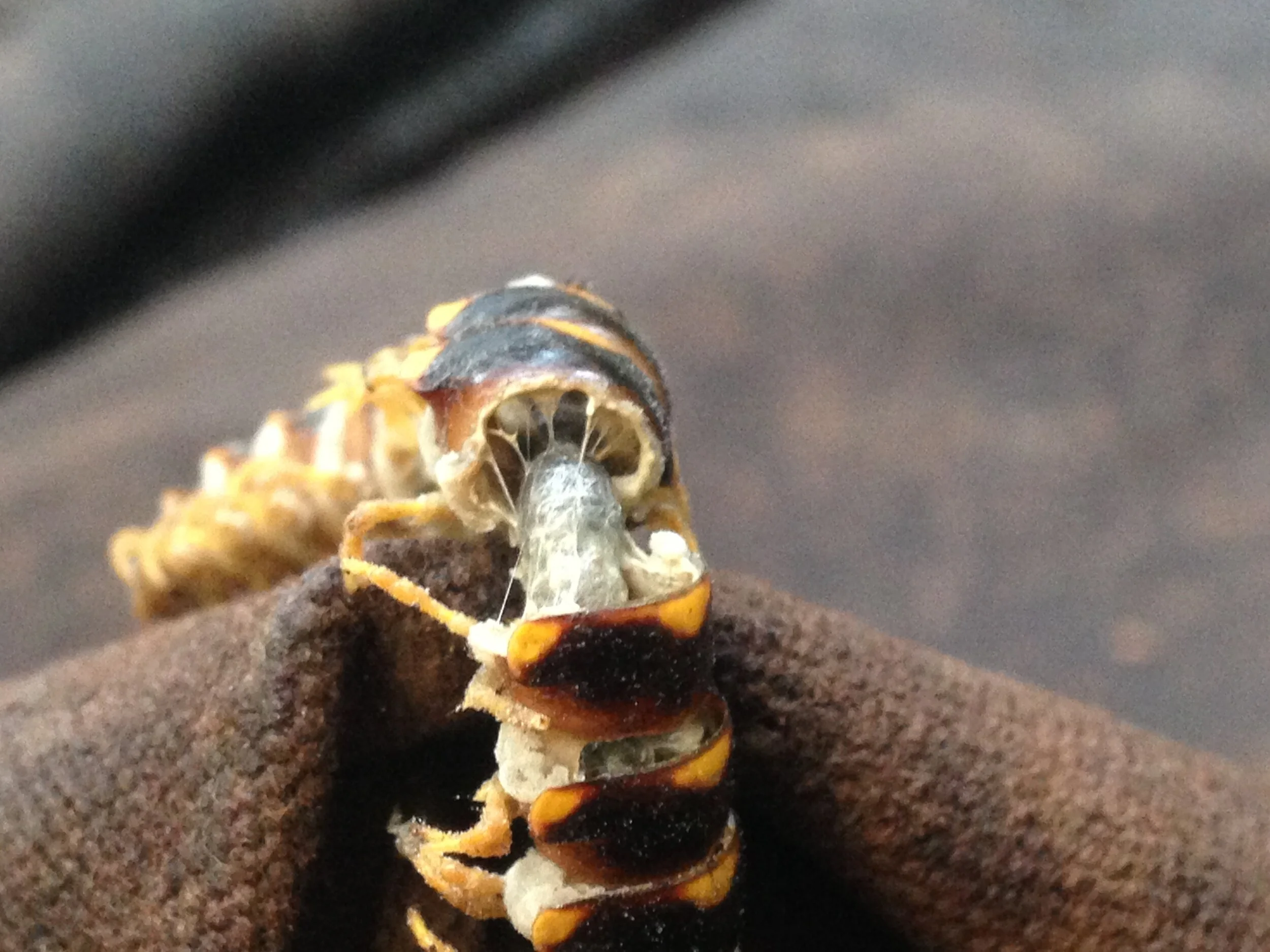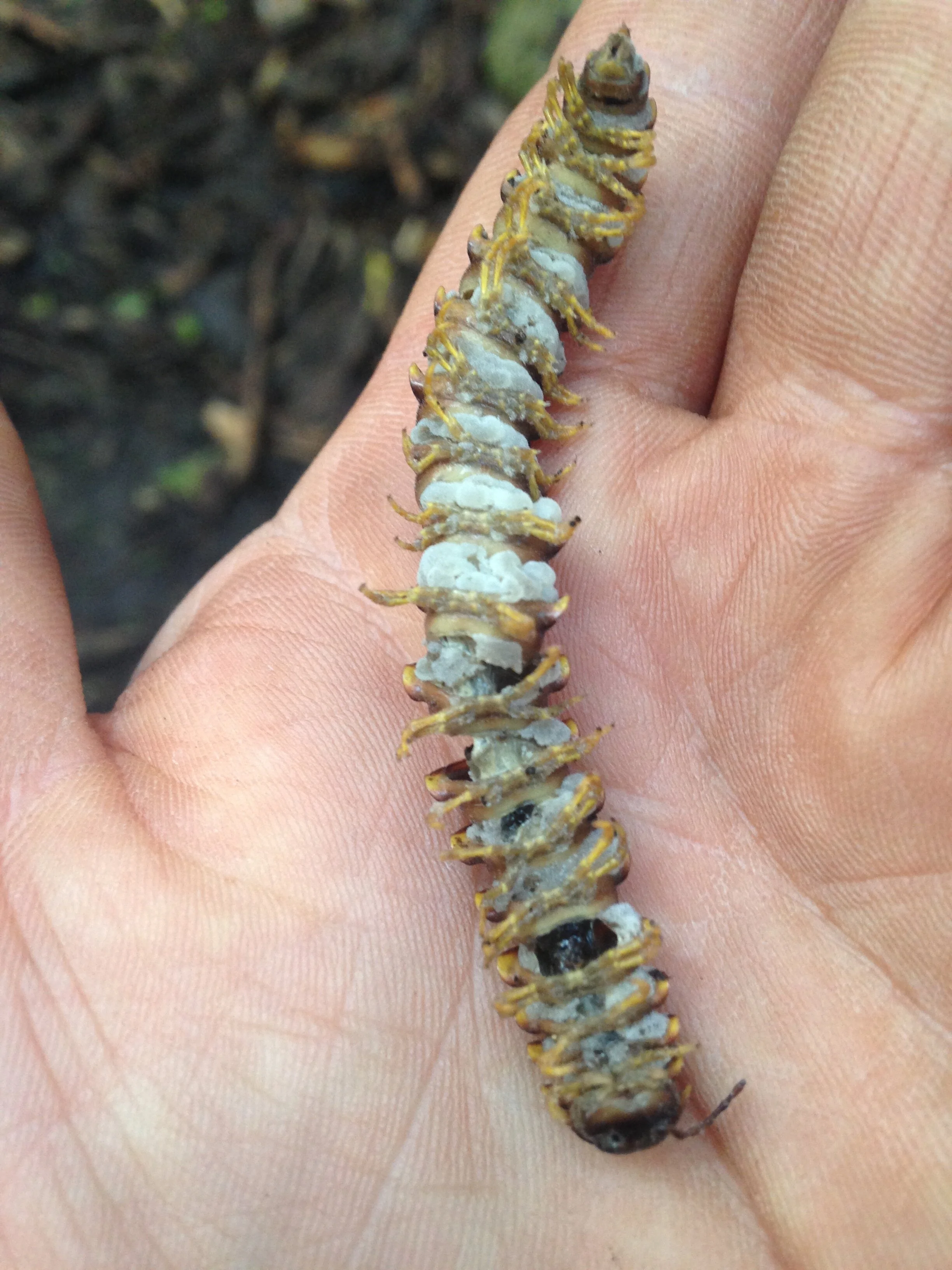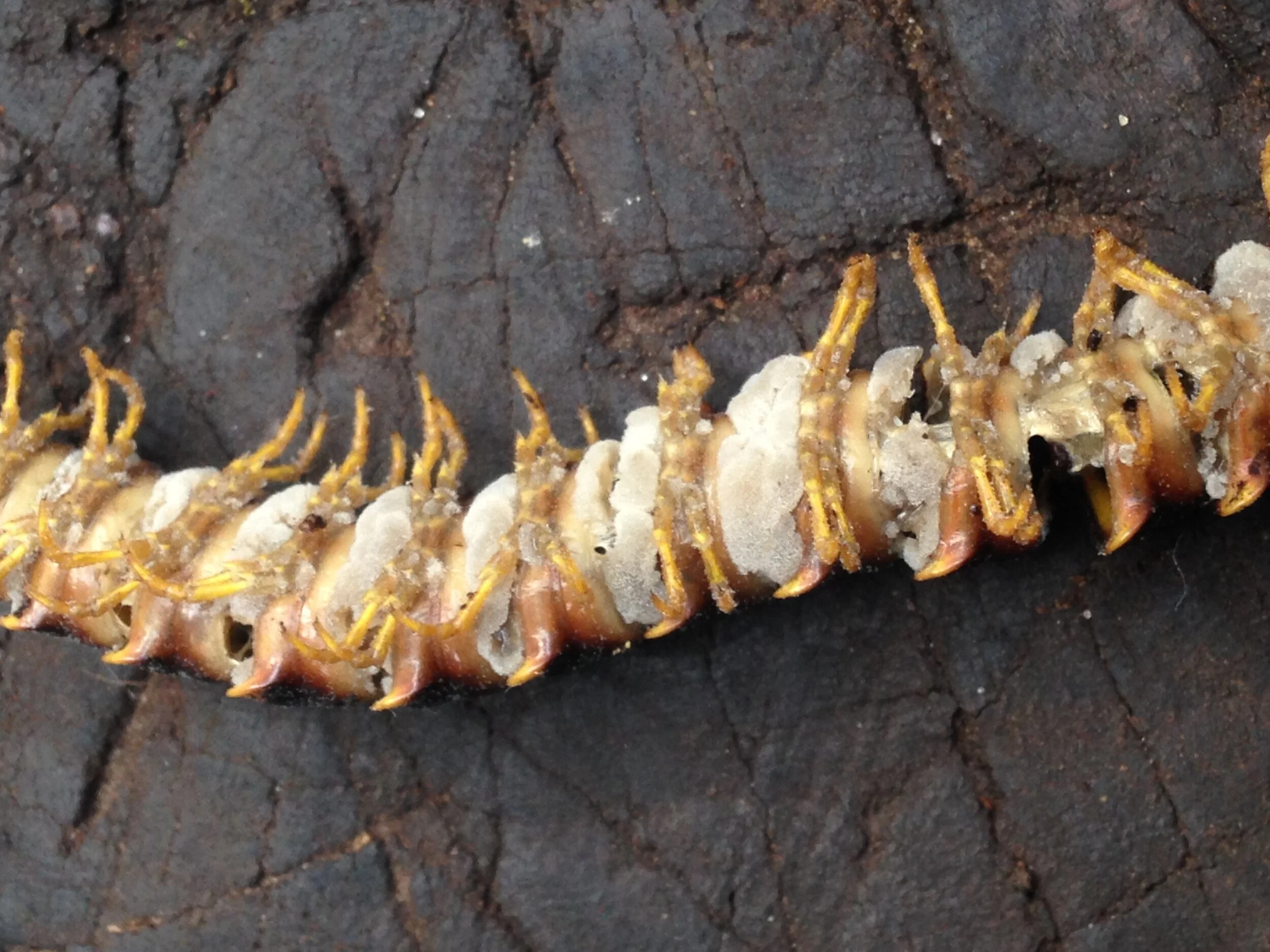The Season of Fungi pt. 3
The last couple of entries on Fungi were mostly about Mushrooms in their conventional forms. I wanted to focus on some cool fungi which don’t take on the shapes many of us are familiar with, but vary in presentation and form. Here are some brief introductions to three which have caught my eye in the past year.
Tar Spot Fungus is an often recurring fungal infection found on Red (Acer rubrum), Silver (A. saccharinum), Sugar (A. saccharum), and Norway Maple (A. platanoides). It is caused by a couple of different fungal species n the genus Rhytisma, but one of the most common is Rhytisma acerinum. Tar Spot can affect the leaf’s photosynthetic capabilities if there is a heavy infection, but it isn’t too bad of a malady for a tree to have as long as the tree isn’t under too much stress in other ways (hard pruning, pollution, poor growing conditions). After the leaves fall, R. acerinum overwinters on the fallen infected leaves, from which it infects new leaves in the Spring, likely due to spore release during Spring rains.
FIELD SIGNS
Earlier in the year, the spots appear as light, yellowish-green areas on the leaf that are difficult to identify with certainty as tar spots.
Shiny raised black spots developing on the upper side of the leaf in late summer. Black spots will be ringed with yellow.
ASSOCIATIONS
Again, R. acerinum infects Red (Acer rubrum), Silver (A. saccharinum), Sugar (A. saccharum), and Norway Maple (A. platanoides).
HUMAN USES
Generally this fungus is disliked by people, mostly due to the cosmetic aversion to the spots, but I know of no other interactions between people and the fungus.
Apple Scab is a fungal infection which I have known about for a long time, but just by name. I didn’t even know how to identify the infection with certainty. In addition to what is actual Apple Scab, which is caused by the Ascomycete fungus Venturia inaequalis. I was seeing signs of an insect and associating them with the fungi (the insect is the Plum Curculio (Conotrachelus nenuphar), a weevil. Matt Soltys, otherwise known as The Urban Orchardist helped me to identify the difference between the two different ailments of Apples.
Apple Scab affects Apples and other Rosacea spp. all over the world. The fungal infection affects the leaves, the blossoms, and the fruit. Cool wet Springs help to spread the fungi, and the fungi needs the leaves to be moist to facilitate infection. I found a great article from the Ministry of Agriculture that describes the Venturia inaequalis biology:
Apple scab overwinters in infected apple leaves on the orchard floor. During the winter and early spring, small black pseudothecia develop in the infected leaves on the orchard floor. By early spring, ascospores which serve as the primary inoculum for early season infections are formed inside the pseudothecia.
Maturation of the ascospores in the dead leaves on the orchard floor usually occurs at the same time the apple tree is emerging from dormancy. Mature ascospores are present and ready to infect the first green tissue in spring. The percentage of mature ascospores in the orchard generally peaks when apples are at the late pink to early bloom stages of bud development.Mature ascospores are discharged from the pseudothecia by rain and carried up to emerging green tissue in the trees by wind currents. Moisture - dew or rain - is necessary for ascospore discharge and germination, as well as subsequent infection of apple tissue. Olive green, velvety lesions appear 10-28 days after infection by an ascospore. The lesions initiated by ascospores result in primary infections, and in turn, produce spores called conidia.
FIELD SIGNS
Circular or more irregular olive-green spots appear on upper leaf surfaces in the Spring. Spots can eventually blacken and combine.
On the fruit, infections appear as scaby lesions that eventually crack and split.
ASSOCIATIONS
Apples (Malus domestica and other Malus spp.), Pears (Pyrus spp.), Mountain Ash (Sorbus spp.), and Hawthorns (Crateagus spp.) can all be hosts to Apple Scab.
HUMAN USES
Venturia inaequalis is a fungi that people love to hate. Folks invest a lot of money on fungicidal sprays to deal with Apple scab, but it seems to proliferate on wild Apples, or other species outside cultivation. I will be looking into possible methods of control that don’t involve the more toxic sprays, such as pruning, cleaning up and burning infected leaves after leaf-drop in the Fall. I like Apples a lot so it makes sense to learn more about their relationships.
While I have written about this species of fungi before, I thought it was worth mentioning again. Why? Because it’s so cool. Arthrophaga myriapodina, otherwise known as a “parasitic zombie fungus” which specifically infects millipedes. While not a new species (it was observed over a century ago), it is a newly described species of fungi, meaning that while the fungi has been noted to exist, no researcher has put in the time to write how this new species is different from other species or given this species a name. Because it is a newly described species, there isn’t much information out there that is accessible or easily researched which I can share here. But this is what I’ve got so far.
It is the first millipede pathogen known from the order Entomophthorales, species of which are best known as pathogens of a wide diversity of insects. The fungus induces pre-death climbing behavior in its hosts, enabling the fungus to broadcast its forcibly-discharged conidia from a high vantage, which presumably increases the fitness of the fungus. Study of herbarium specimens and photographic discoveries on the internet suggest the fungus occurs widely in eastern North America.
FIELD SIGNS
A dead or dying millipede in a higher elevation that simply the forest floor. This can include a log, a stick, a larger rock, or anything else that gets them up off of the forest floor where presumably the spores can spread further and infect more millipedes.
Pale white or grey puffy mass breaking through the membranes that connect ringed segments of the millipedes body. This took a day to really be observed in the millipede I found, which was the Flat-backed Millipede (Sigmoria trimaculata), but the fungus did show up pretty apparently the next day after noting it was dead and at a high elevation.
The hollowed shell of the millipedes rings the day after the fungus presented might be a tell-tale sign as I have found millipedes like this in the forest before, but did not know to look for any traces of fungus (see photo below for image of S. trimaculata the next day after an evening of rain).
ASSOCIATIONS
I have read that A. myriapodina likely infects all sorts of millipedes across eastern half of the continent, I have only observed the fungi infecting the Flat-backed Millipede.
Another interesting association is with rain fall, as the observation of such millipede discoveries often occurs a day or two after rain fall. I have not checked my phenology journal to compare when I photographed this occurrence compared to when it had rained, but that is something I will try and look up in the future… another reason why I need to keep up taking detailed notes on weather patterns.
HUMAN USES
Aside from awe and wonder, which are still compelling and important, I don’t know of any human uses or interactions with these interesting fungi.
To learn more :
Season of Fungi pt. 1
Season of Fungi pt. 2





